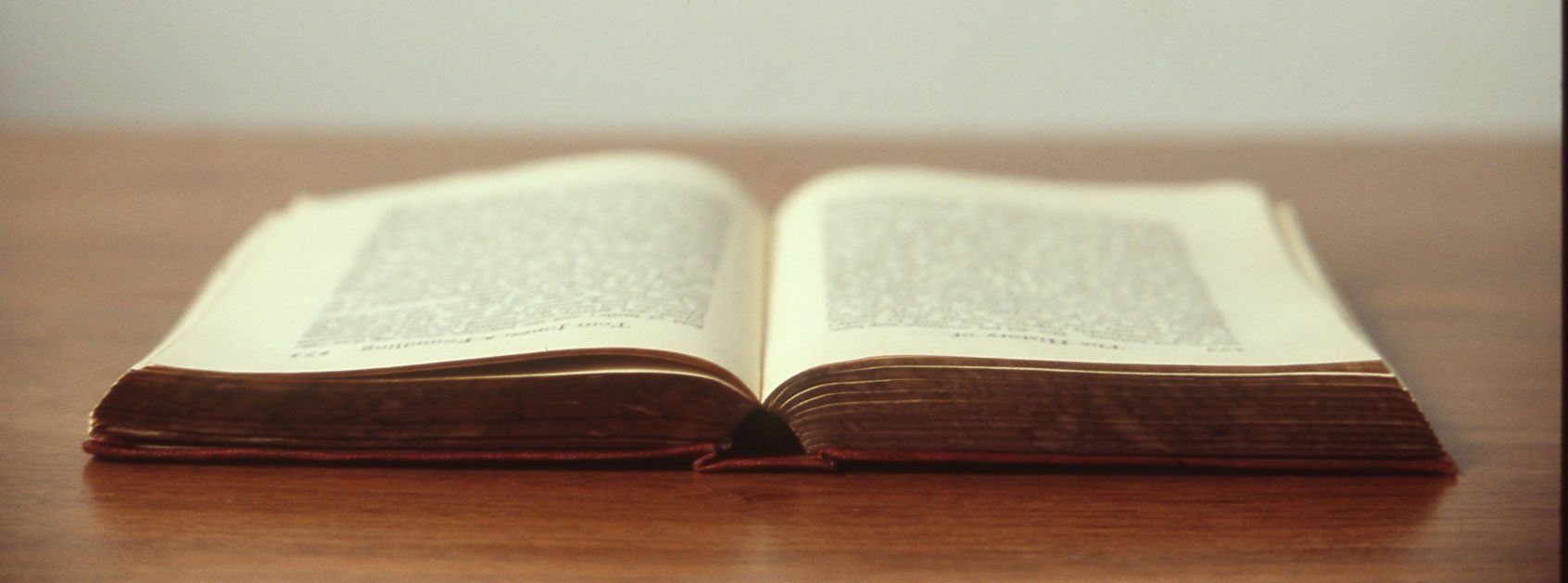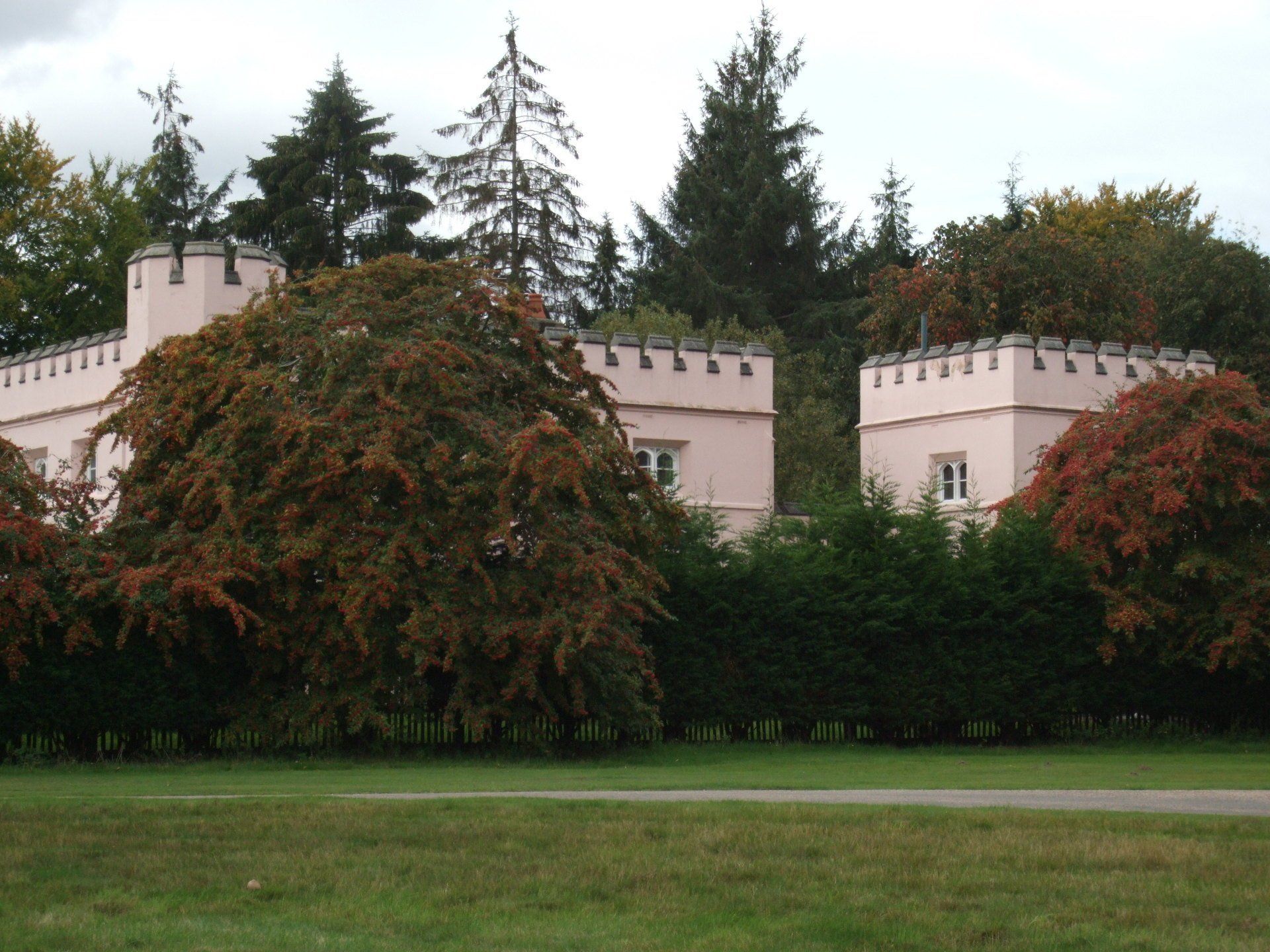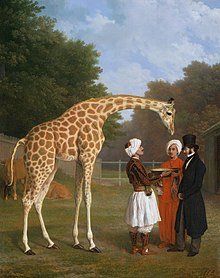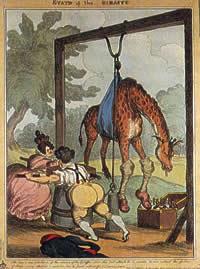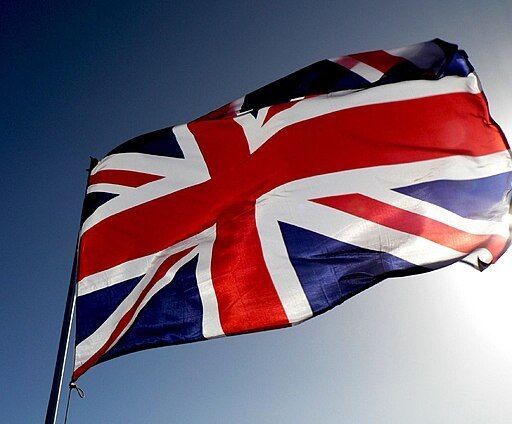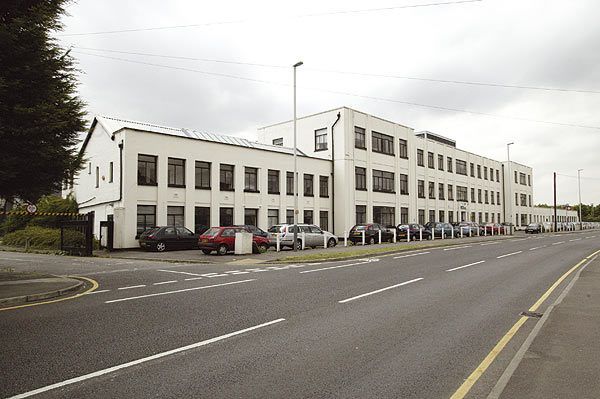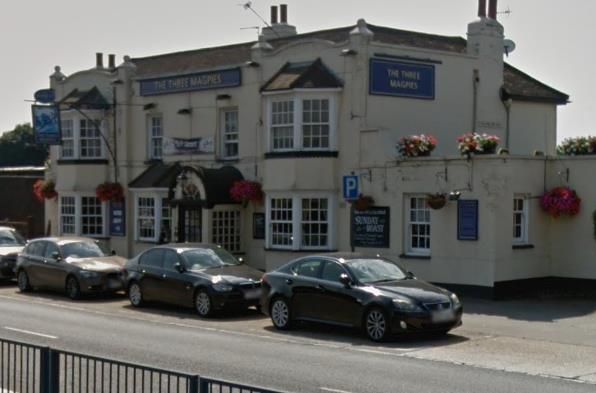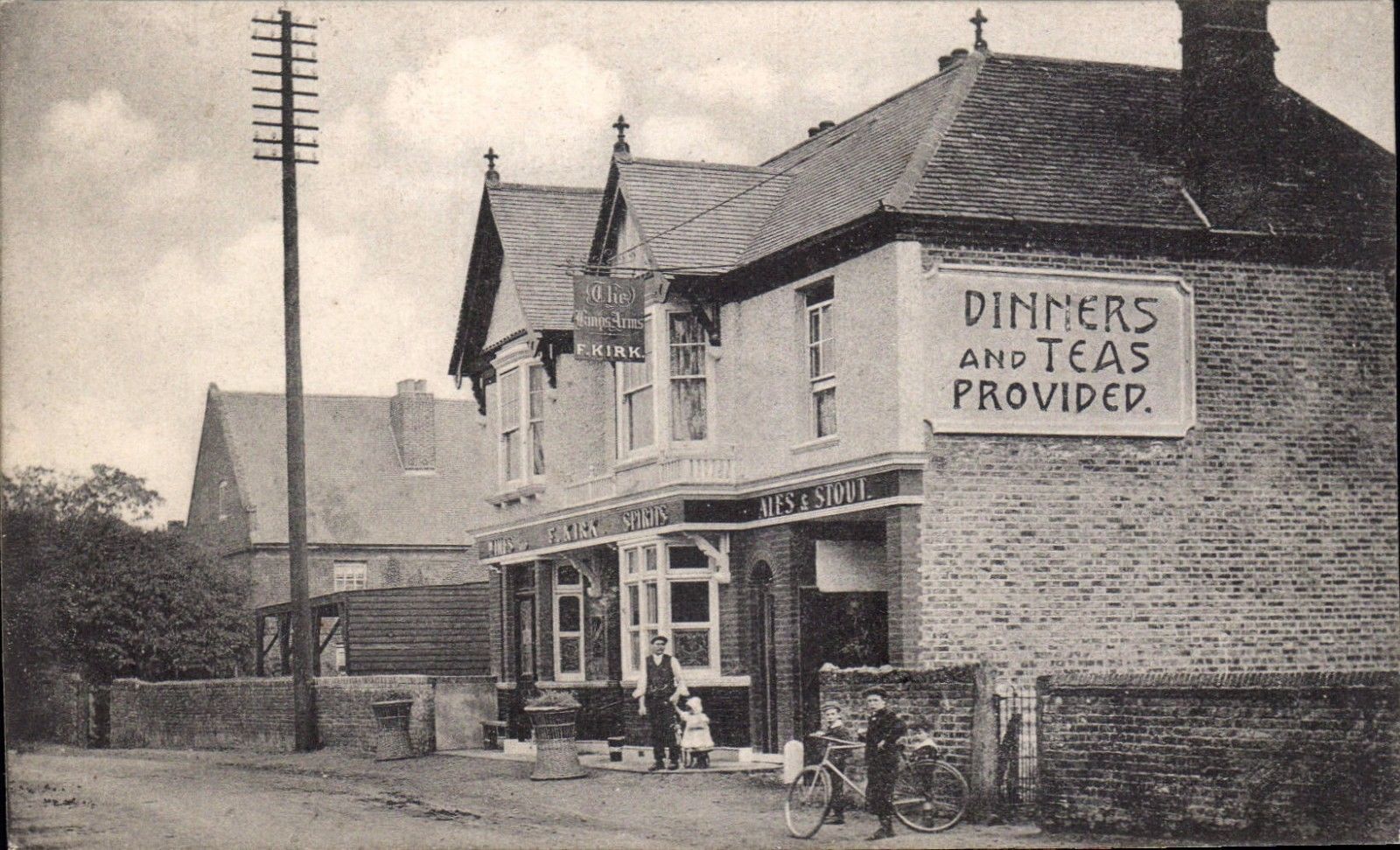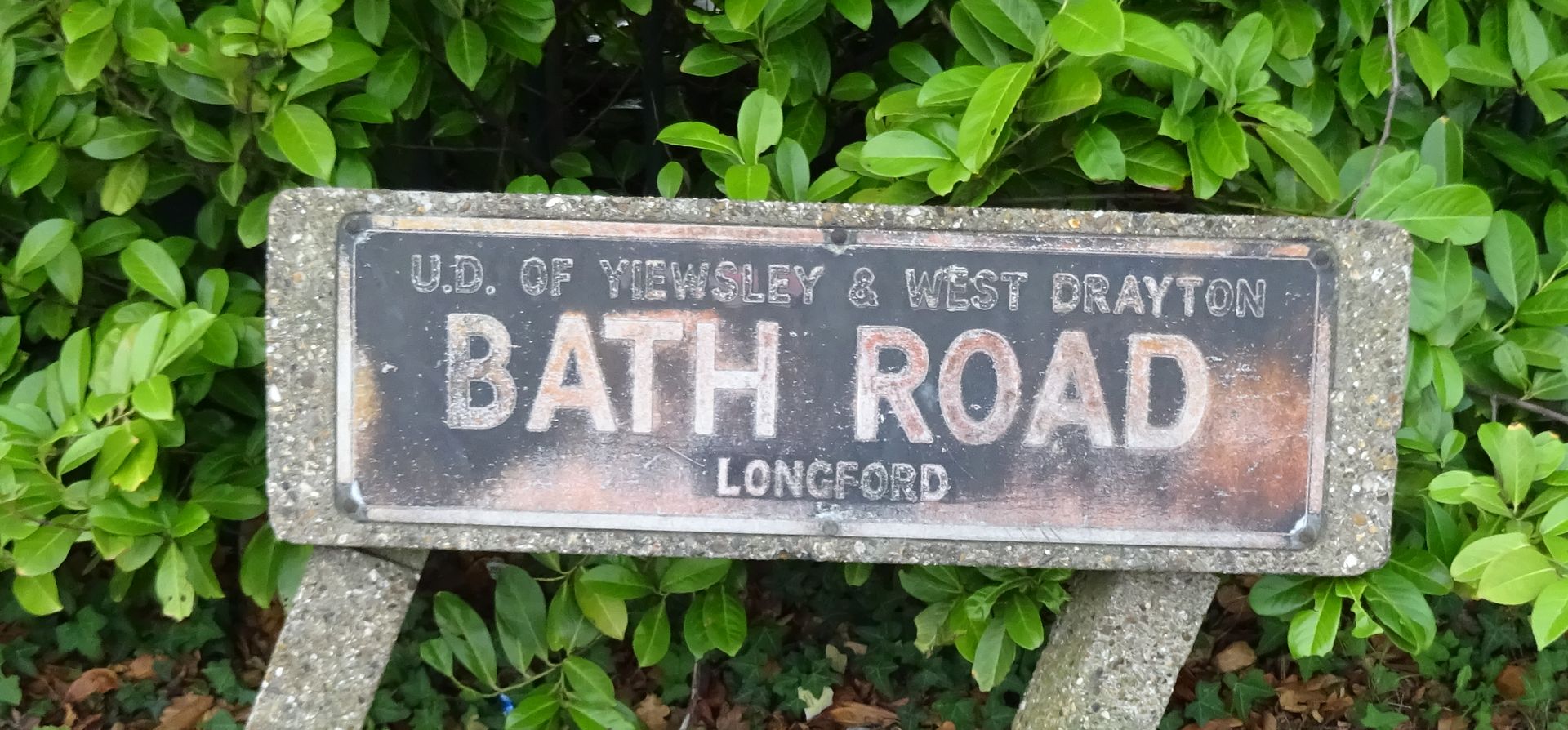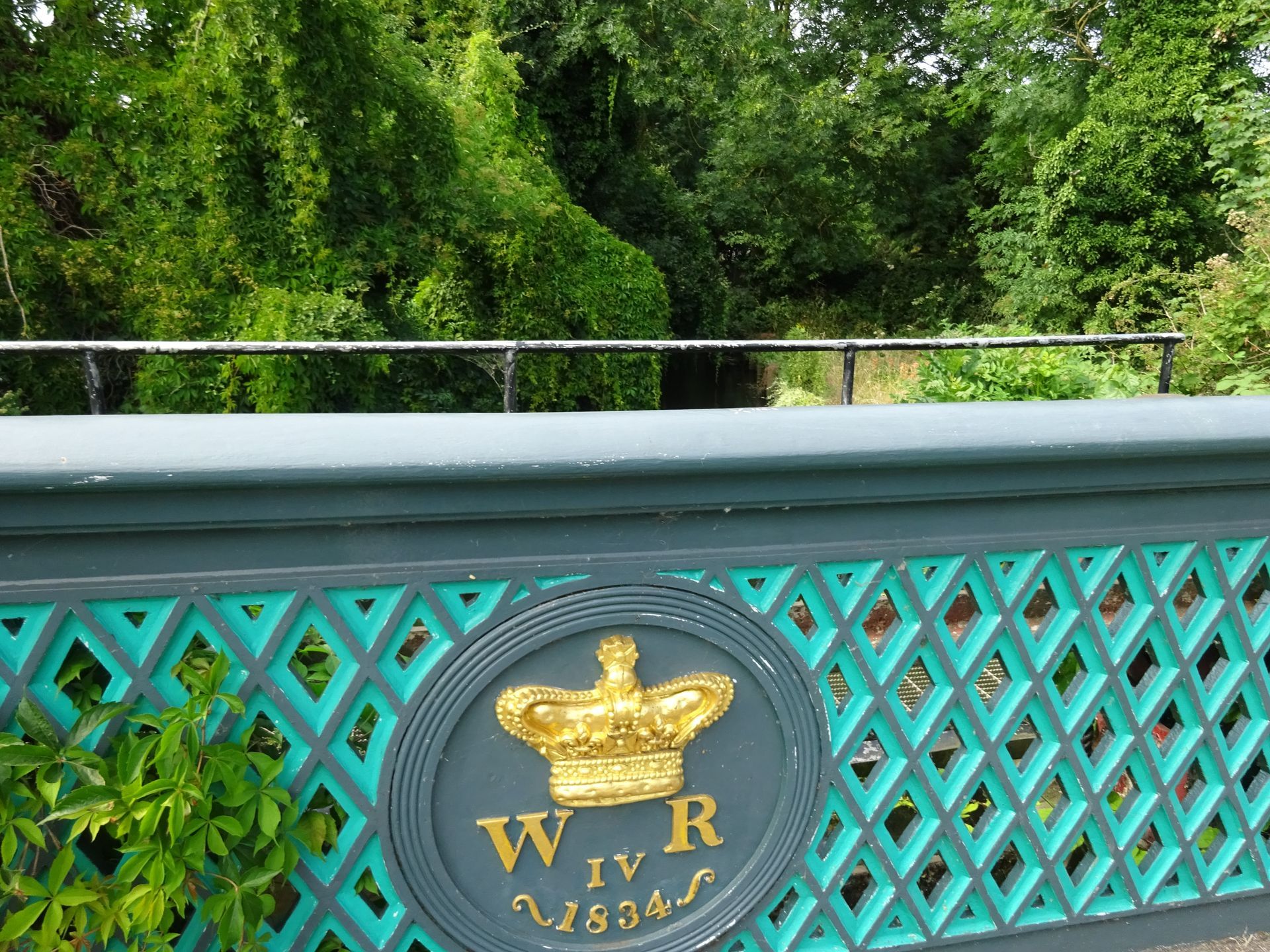The Giraffe That Could Not Stand Up
George III’s son, the Prince Regent, was a man of excess. He loved elaborate architecture, glamorous women, and excessive amounts of good food and drink. He also liked exotic animals. By the time he became Prince Regent in 1811 he had begun accumulating rare animals many of them given to him by Heads of State who were trying to ingratiate themselves with the British monarchy. The King housed these animals in a menagerie in Windsor Great Park built next to the crenellated mock-gothic mansion in Windsor Great Park called Sandpit Gate Lodge.
By the time the Prince Regent became King George IV in 1820 this menagerie had grown and there were, among other creatures, gnus, black buck, kangaroos, and a variety of exotic birds, but his most prized possession was still to come. On 11 August 1827 an eighteen-month old Namibian giraffe arrived in London a gift from Mehmit Ali, Pasha of Egypt. The giraffe was eighteen months old and although not fully grown was already ten feet tall. She was the first giraffe in Britain and arrived with two cows to provide it with milk and two Egyptian attendants who did not speak a word of English. She was a great curiosity because many believed that giraffes were just a myth and didn’t actually exist. The British people suddenly became fascinated with anything to do with giraffes. Magazines promoted fashions and furnishings that matched the design and colour of the giraffe’s skin. Household objects and ceramics celebrated this animal and newspapers throughout the country carried regular reports on the giraffe.
The animals at Sandpit Gate Lodge were kept in specially constructed enclosures each with thatched-roofed sheds, but a special building was constructed for the giraffe with stable-type double doors twelve foot high. She was an amiable creature who was happy to be petted and stroked. She was painted for George IV by Jacues-Laurent Agasse in 1827, with a degree of artistic licence.
The painting shows the giraffe standing with its two cows and two Egyptian attendants, but this is an idealised image of the giraffe. In real life it had difficulty standing up. The poor creature had been captured in Sudan as a calf and endured a year-long journey over land and sea before it arrived in London. During the first part of the journey it was too weak to walk for long periods so it had been strapped to a camel with it legs tied together. The tightness of the binding and the long journey resulted in the knees becoming deformed, and varies remedies were tried to restore it to health.
King George IV was delighted with his gift, and had great sympathy with his crippled giraffe. He too, because of gout and obesity, had a weakness of the knees. The King was 64 in August 1827 and spent nearly all his time at the Royal Lodge in Windsor Great Park from where he took daily carriage rides around Windsor Great Park which included stopping at Sandpit Gate Lodge to spend time with the animals and check on the health of his prized giraffe.
Although the giraffe grew over a foot in height whilst at Windsor it never reached a normal height for a giraffe. The King and the giraffe were in synchronised decline and by July 1828 both were unable to stand on their own and were growing weaker. At the menagerie a hoist and sling were constructed to allow the giraffe to stand upright and newspapers throughout the land printed daily bulletins on the giraffe’s condition. Both the giraffe and the unpopular King were ridiculed in song and pictures.
George IV and the nation were very upset when the giraffe finally died on 11 October 1829. It was taken to the Zoological Gardens in Regent’s Park for dissection. A taxidermist, Mr John Gould, was asked to make a replica of the giraffe using a wooden form covered with the animal’s skin. The skeleton of the animal was exhibited alongside the stuffed model at the Zoological Society’s Museum until it closed in August 1855. Their current whereabouts are unknown.
George IV outlived the giraffe by only eight months. When William IV inherited the throne the menagerie was disbanded and the animals and birds moved to the new London Zoo at Regents Park, together with the residue of the Royal Menagerie still held at the Tower of London. The London Zoological Society received its Royal Charter in 1829 from George IV, and it has had a Royal Patron ever since.
I came across this story whilst researching my family history. My great, great, great, great grandfather, William Kell, was an usher to George IV and lived at Sandpit Gate Lodge at the time of the menagerie. His exact role in the royal household is unknown, but his proximity to the menagerie and the fact the Edward Cross (shown with the giraffe and the Egyptians in the picture above) was the executor of his Will indicates that he performed a duty connected with the giraffe and animals.
Read about the occasion when George IV took the young Princesss Victoria to see the menagerie: "Longford: A Village in Limbo" by Wendy Tibbitts
For a “Look Inside” option for this book go to
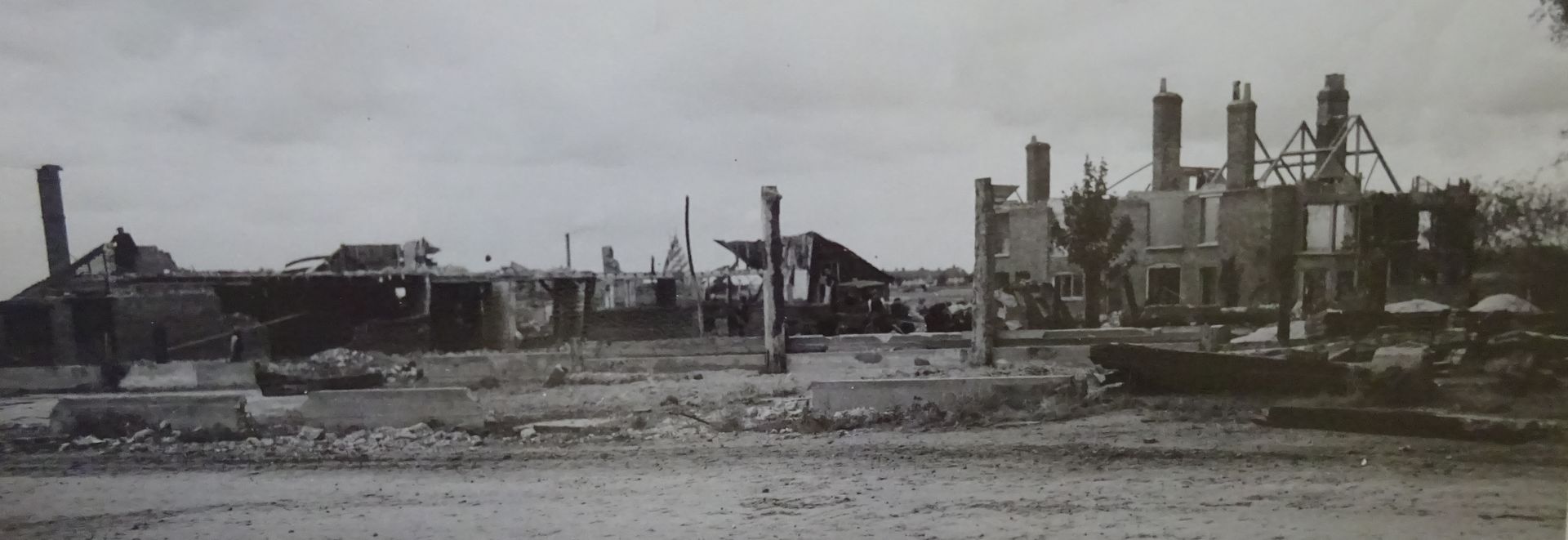
The villages around Heathrow have been blighted since 1946 as successive governments have procrastinated and made bad decisions about expanding the airport. These former rural agricultural villages have been fighting airport expansion for eighty years, meanwhile the Grade II listed buildings have deteriorated and the community are exhausted by years of protest.
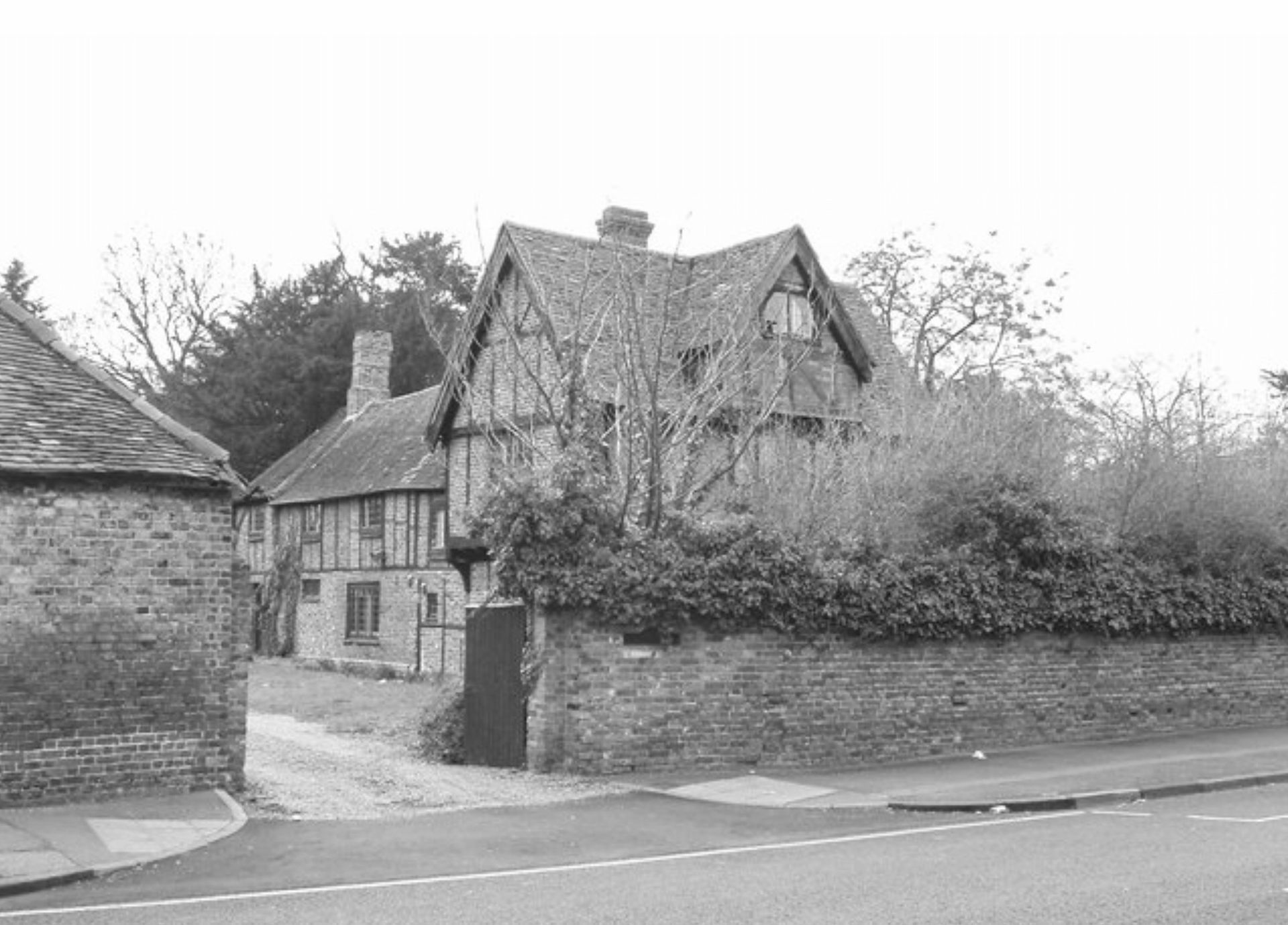
The Kings Head later called The Peggy Bedford is a Grade II listed Elizabethan building in Longford, Middlesex, that was a major coaching inn on the Bath Road (A4) for centuries. Now blighted by the prospect of the whole village being demolished under the Heathrow expansion plans, it lies, empty and derelict and on the At Risk register.
